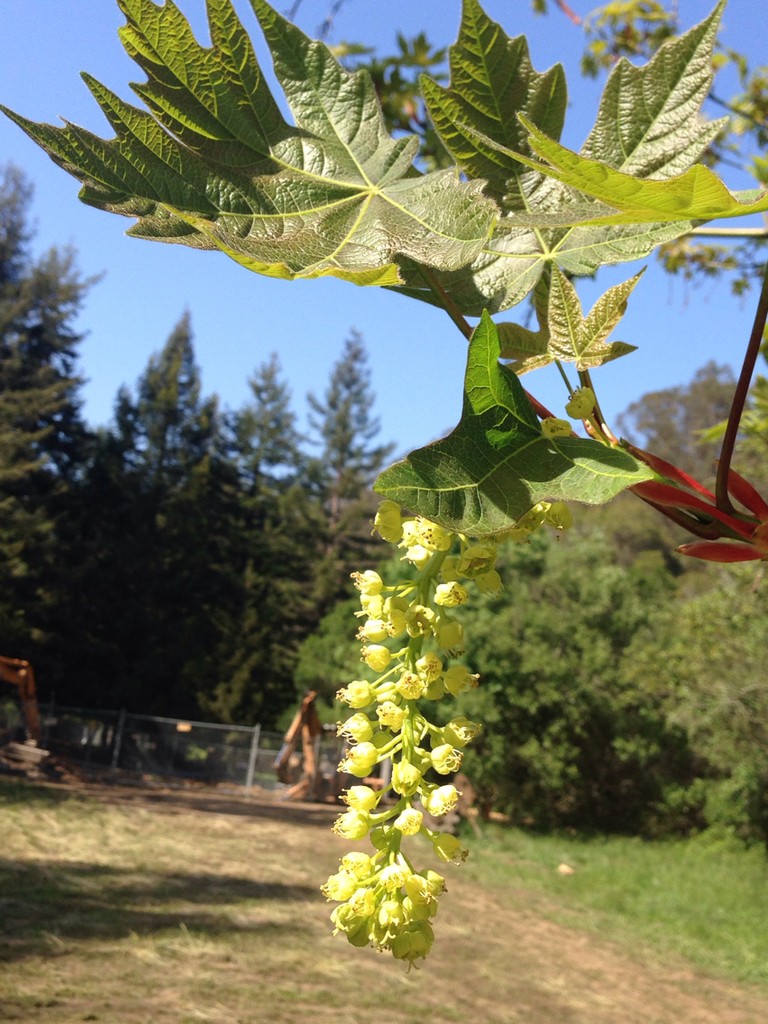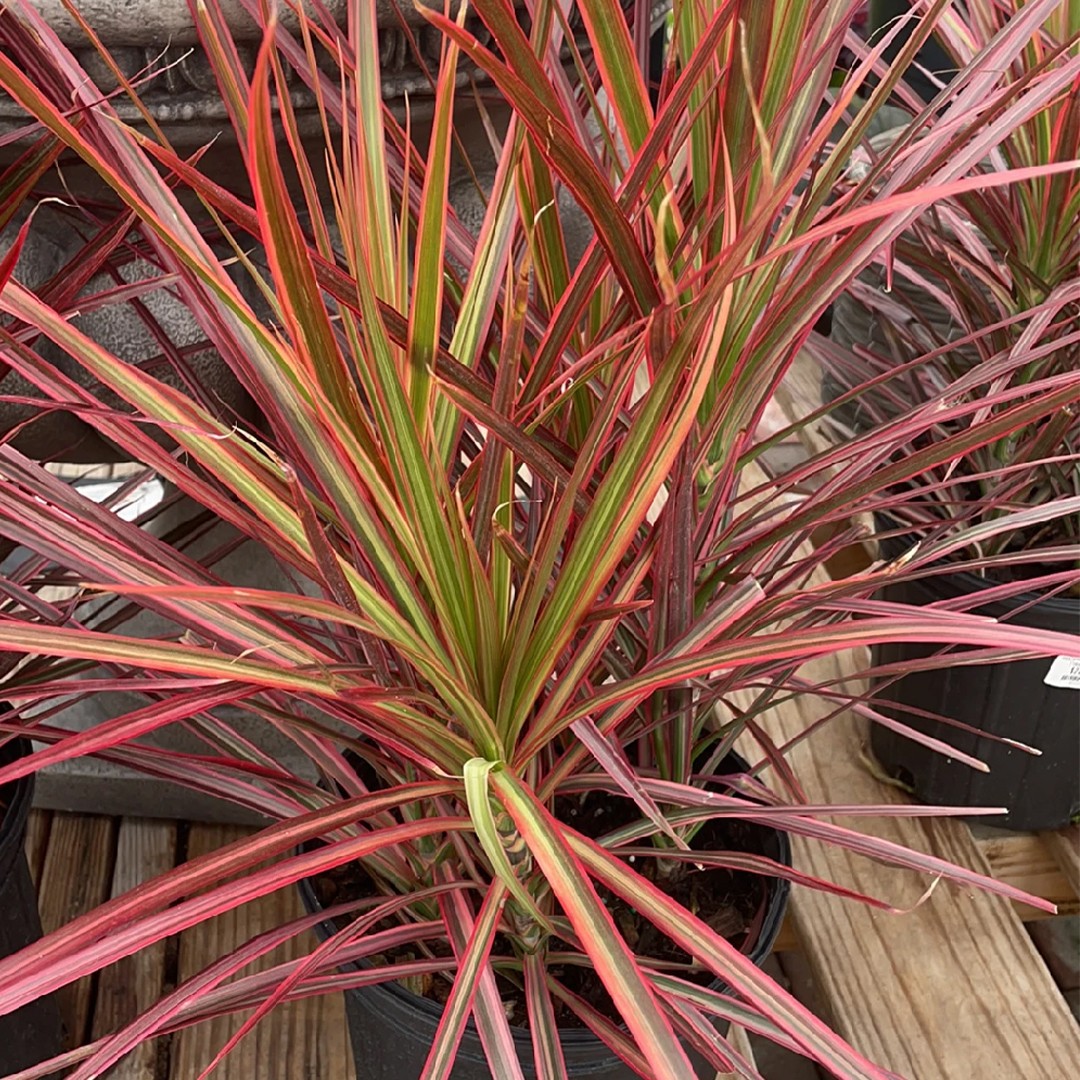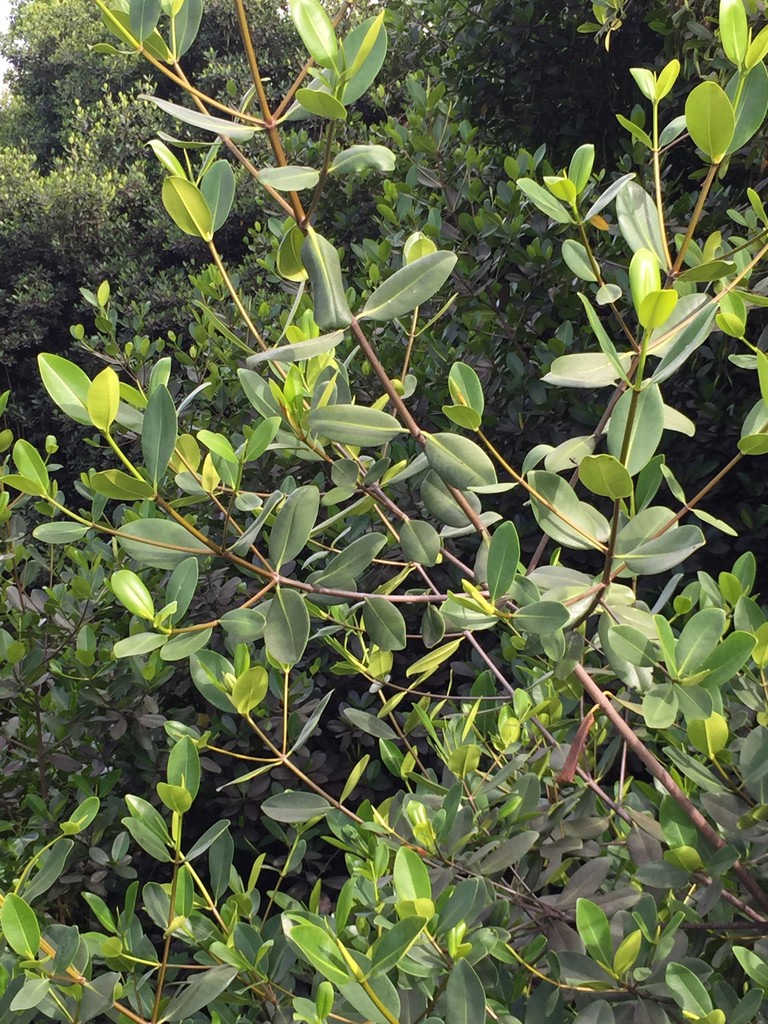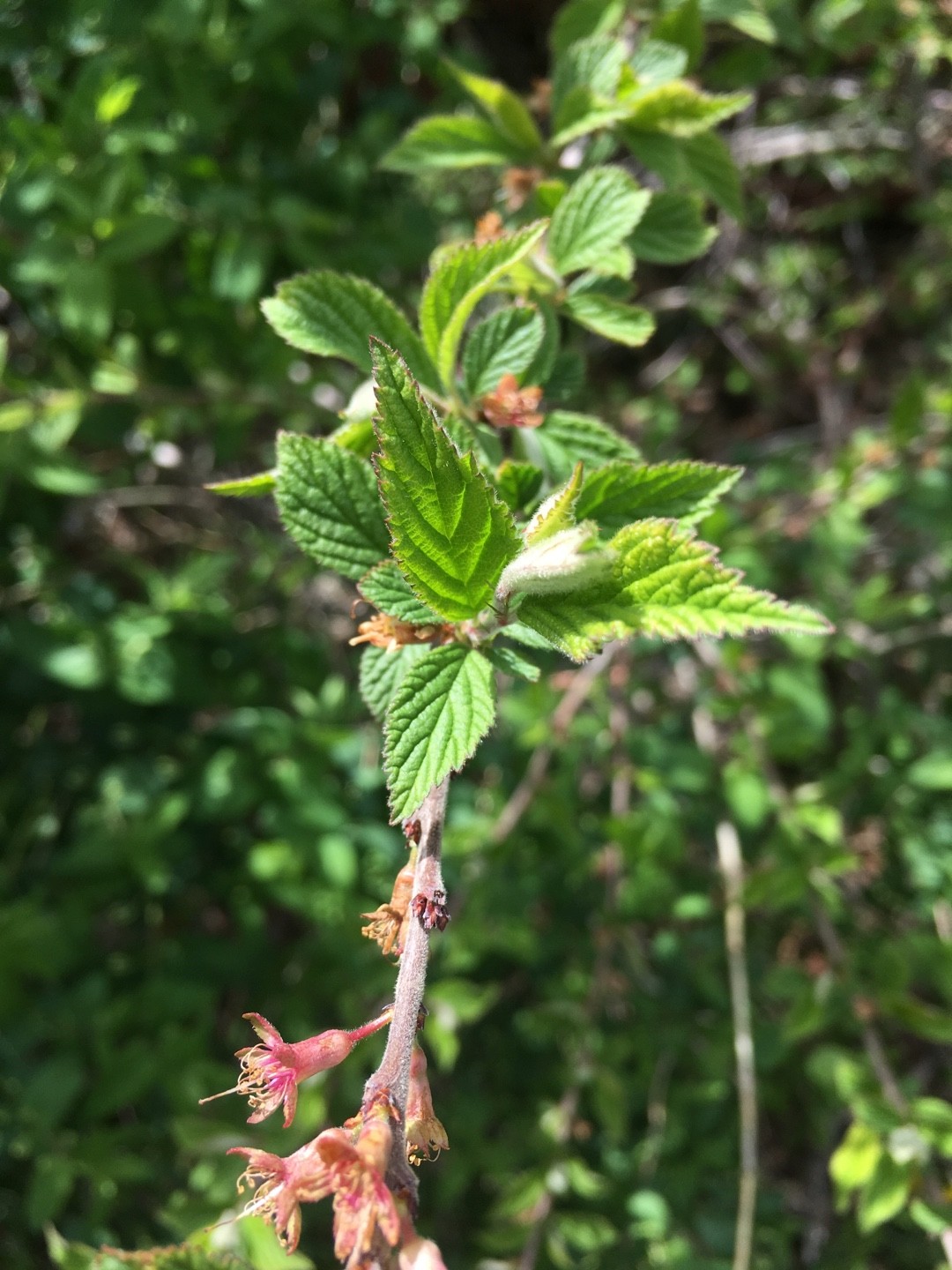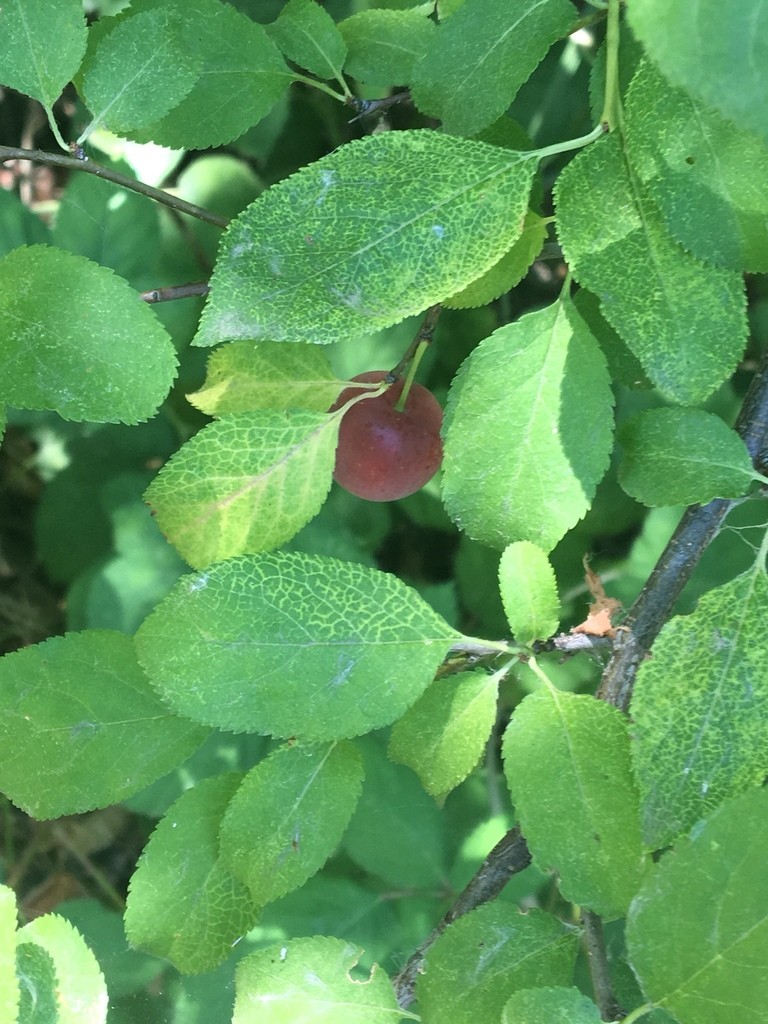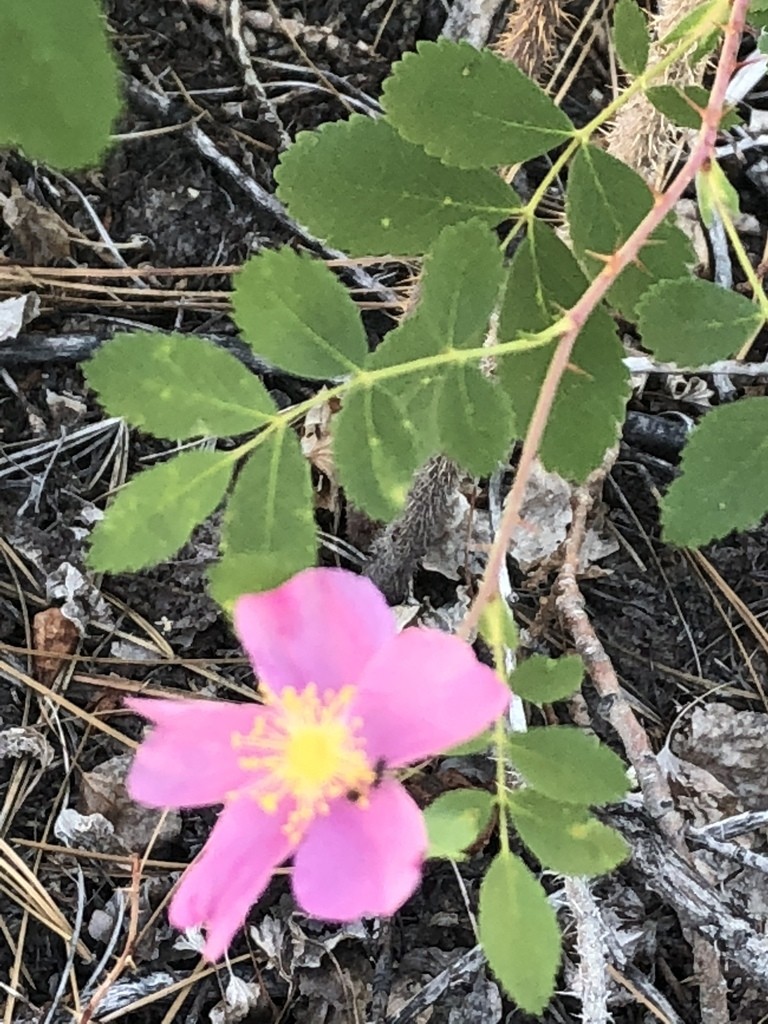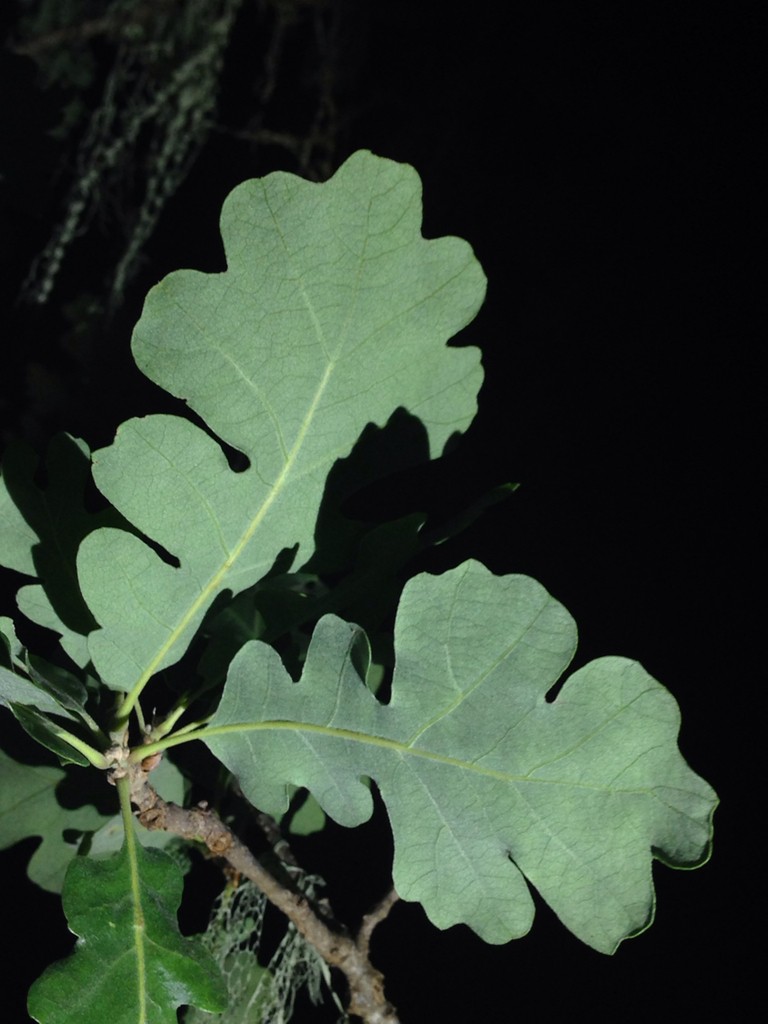Ivyleaf maple
It is a deciduous small tree or large shrub growing to 5 to 10 m (rarely 15 m) in height, with smooth grey bark. The young shoots are green, often tinged pink, hairy at first with whitish hairs, becoming grey in the second year. The leaves are trifoliate, with a very slender red petiole up to 10 cm long; the three leaflets are 4 to 10 cm long and 2 to 4 cm broad, with 1 to 2 cm petiolules, and coarsely serrated margins. The flowers are produced in pendulous racemes 10 to 16 cm long, each flower with four sepals and petals. The fruit is a paired samara, the nutlets are 7 mm long, the wings 1.5 to 2.5 cm long, spreading at an acute angle.
